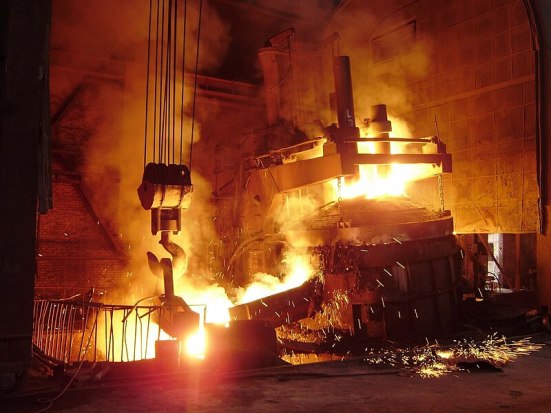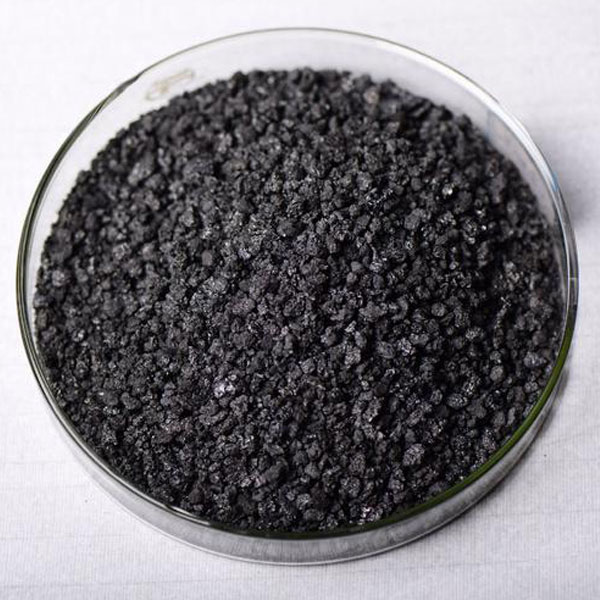Meta TechX Engineer’s Blog –
Aluminum killed steel and Silicon killed steel are two commonly used types of steel. These variations of steel differ in composition and properties, which ultimately impact their advantages and disadvantages in different applications. This article will explore the specifics of aluminum killed steel and silicon killed steel, delving into their benefits and drawbacks. Join Meta TechX Engineers
What is Aluminum Killed Steel?
Aluminum killed steel, also referred to as Al killed steel, is a type of steel that is deoxidized using aluminum. During the steelmaking process, aluminum is added to the molten steel, reacting with any oxygen present and forming aluminum oxide. This reaction helps eliminate oxygen from the steel, resulting in a more consistent and stable product.
Advantages of Aluminum Killed Steel
1- Enhanced Ductility: Aluminum killed steel exhibits improved ductility, making it suitable for applications requiring high formability. It can easily undergo shaping processes such as bending, rolling, and deep drawing without developing cracks or fractures.
2- Reduced Segregation: The addition of aluminum reduces the segregation of elements during solidification, leading to a more uniform distribution of carbon and other essential elements. This results in consistent mechanical properties throughout the steel.
3- Higher Surface Quality: Aluminum killed steel offers superior surface quality due to reduced presence of defects like oxide scales and pits. This makes it ideal for applications requiring a smooth and flawless finish, such as automotive body panels or consumer appliances.
4- Improved Weldability: Aluminum killed steel possesses excellent weldability due to its lower oxygen content. It can be easily welded without requiring additional deoxidizing agents, resulting in strong and reliable weld joints.
Disadvantages of Aluminum Killed Steel
1- Cost: The addition of aluminum during steelmaking increases the production cost of aluminum killed steel compared to other steel types. This cost factor may limit its use in certain applications where cost-effectiveness is a significant consideration.
2- Susceptibility to Low-Temperature Brittleness: Under specific conditions, aluminum killed steel may exhibit low-temperature brittleness. This can affect its performance in applications experiencing subzero temperatures, such as cryogenic storage tanks or offshore structures in cold environments.
What is Silicon Killed Steel?
Silicon killed steel, also known as Si killed steel, is a type of steel that is deoxidized using silicon. Similar to aluminum killed steel, silicon is added to the molten steel, reacting with oxygen to form silicon dioxide. This deoxidizing process helps improve the quality and properties of the steel.
Advantages of Silicon Killed Steel
1- Improved Oxidation Resistance: Silicon killed steel exhibits enhanced resistance to oxidation compared to other steel types. The presence of silicon dioxide on the steel’s surface acts as a protective barrier against oxidizing agents, preventing rust and corrosion formation.
2- Enhanced High-Temperature Strength: Silicon killed steel offers greater strength and stability at high temperatures. This makes it highly suitable for applications involving elevated temperatures, such as boiler tubes, heat exchangers, and power generation equipment.
3- Reduced Piping and Pinning Defects: The addition of silicon in silicon killed steel helps reduce piping and pinning defects that may occur during solidification. This ensures a more uniform microstructure, resulting in improved mechanical properties.
4- Excellent Surface Finish: Silicon killed steel achieves a smooth and clean surface finish, making it favorable for applications requiring aesthetic appearance, such as architectural structures or decorative items.
Disadvantages of Silicon Killed Steel
1- Lower Ductility: Silicon killed steel tends to have lower ductility compared to aluminum killed steel. This makes it less suitable for applications requiring extensive deformation or forming processes, where high formability is crucial.
2- Reduced Weldability: Silicon killed steel may have slightly reduced weldability compared to other types of steel. Welding silicon killed steel necessitates careful control of welding parameters to ensure strong and reliable welds.
Conclusion
In conclusion, both aluminum killed steel and silicon killed steel provide unique advantages and disadvantages based on their composition and properties. Aluminum killed steel offers improved ductility, reduced segregation, and excellent surface quality. However, it may be more expensive and susceptible to low-temperature brittleness. On the other hand, silicon killed steel offers better oxidation resistance, enhanced high-temperature strength, and reduced piping and pinning defects. However, it may have lower ductility and reduced weldability. The selection between these steel types depends on the specific requirements considering factors such as cost, mechanical properties, and environmental conditions.



